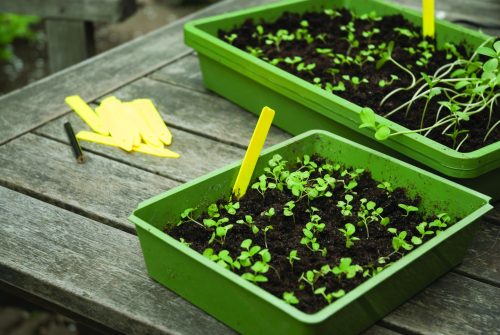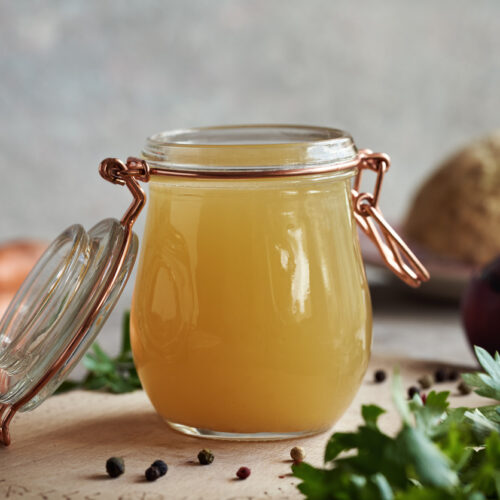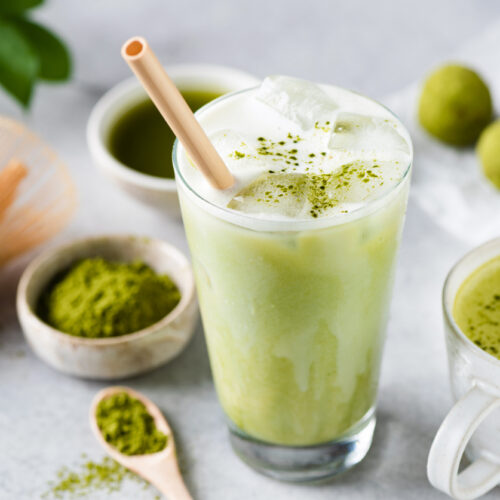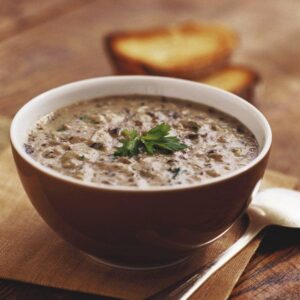
Follow your regional weather conditions to guarantee a bountiful edible garden.
March, with diminishing daylight and cooling evenings, provides a good example of the contrast between planting opportunities in different parts of our beautiful country.
Seed germination possibilities for autumn
Germination from seed, for example, varies across the country (see table, below). Of course, the simplest way to overcome the limitations imposed by cooling soils on seed germination is to buy and plant seedlings.
Nearly all these vegetables can be grown throughout New Zealand from seedlings, provided your garden is not subject to heavy frosts over winter. Once planted, seedlings will benefit from a dressing of compost, well-rotted manure or general purpose fertiliser. They will grow more slowly but have less pests to contend with and you can expect to harvest according to the ‘Harvesting months’ table.
Meanwhile, there is still an abundant late-summer garden to attend to:
- Ensure all plants are watered regularly. Irregular watering can lead to fruit split, mildew and a host of other problems.
- Mildew will be rife on courgettes and peas so spray these twice weekly with a diluted full-milk solution.
- Keep fruit, such as squash and courgettes, off the wet ground as this causes rot.
- Keep the garden clean and dispose of dead plant material as it’s a breeding ground for disease and slugs.
- Tomatoes, courgettes, capsicum, squash, eggplant and all other fruiting vegetables will benefit from a feed containing potassium and phosphorus. For those whose fertiliser budget is tight, chicken poo, wood ash and wee are all excellent sources of these nutrients (see Gardening diary: February for more on fertilisers).
For all green vegetables such as lettuce, leeks, celery, broccoli, a feed of nitrogen-rich fertiliser (such as rotted horse manure) helps maintain plant vigour and health.
Seed germination for March across regions
| Auckland northwards |
Rest of NZ: Central areas |
Rest of NZ: Coastal areas |
|
| Beetroot | Y | ||
| Broccoli | Y | Y | Y |
| Brussels sprouts | Y | Y | Y |
| Cabbage | Y | Y | Y |
| Carrot | Y | Y | |
| Cauliflower | Y | Y | |
| Celery | Y | ||
| Cress | Y | Y | Y |
| Leek | Y | Y | |
| Lettuce | Y | Y | |
| Parsnip | Y | Y | Y |
| Peas | Y | Y | |
| Radish | Y | Y | Y |
| Silver beet | Y | ||
| Spinach | Y | Y | Y |
| Swede | Y | ||
| Turnip | Y | Y | Y |
Harvesting months* across regions
| Auckland northwards |
Rest of NZ: Central areas |
Rest of NZ: Coastal areas |
|
| Beetroot | May | Jul | Jun |
| Broccoli | Jun | Aug | Jul |
| Brussels sprouts | Jul | Jul | Jul |
| Cabbage | Jul | Sep | Jul |
| Carrot | Jun | Jul | Jun |
| Cauliflower | Jul | Sep | Jul |
| Celery | Aug | Jul | Sep |
| Cress | May | May | May |
| Leek | Jun | Oct | Jul |
| Lettuce | May | May | May |
| Parsnip | Jul | Jul | Jul |
| Peas | Jun | Oct | Jul |
| Radish | May | May | May |
| Silver beet | Aug | Oct | Sep |
| Spinach | Aug | Oct | Sep |
| Swede | Jul | Sep | Aug |
| Turnip | Jul | Oct | Jul |
*from seed germination for March
Give gardening a go!
Are you a green thumb in the garden, harvesting from your garden’s bounty and noticing that gaps are starting to open up? Or wondering how to reinvigorate garden beds after the mid-summer flourish? Or maybe you’re a novice, wanting to get a garden underway before the height of the growing season passes…
Whatever your situation, there is still plenty of time to sow swift and satisfying greens with bite and flavour. All it takes is the investment of a few moments spent outdoors for a tasty, healthy return.
With the slightly cooler, more mixed weather, growing conditions improve for the likes of coriander, rocket, radishes and salad greens (such as mesclun mix and cress). These can all be sown in pots, planters, window boxes, beds, borders — even an old bucket with some drainage holes. Sow them close to the kitchen for easy access. So get out there now — salad days are not over yet!
For inspiration, check out POD, a website for people who grow — or want to grow — fresh vegetables, fruit and herbs, for people who want to live seasonally and sustainably, and who are looking for clear and useful information, guidance and advice. POD has loads of practical advice, thousands of photos and around 40 ‘how to’ videos. www.podgardening.co.nz.
www.healthyfood.com










